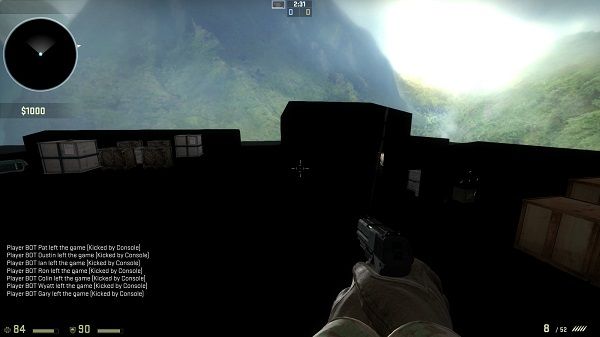Differences between a drafting / gaming graphics card
So you just landed your first engineering job and look forward to dump your old university laptop for something more powerful. You now have a disposable income look forward to getting a computer that can both game and do some drafting work on the side. And then you notice the prices of the drafting graphic cards and wonder, what’s the difference?
Drafting and gaming graphic cards are similar that they use the same graphics chip, similar specifications but their applications, execution and user needs are vastly different. So what’s the difference? Let’s take a look at their needs.
One of the most relate-able issues in gaming is the need for fast screen refreshes. If you play any fast pace games, you’ll know lag and dropped frames could seriously hamper your ability to play and turns enjoyment to a struggle. These fast refreshes can be affected by the lighting source, the shadows it can create and the physics of the object being affected by the player’s actions. A drafting graphics card don’t really do well on these points and here’s why.
Drafting cards are designed to be precise and stable. The house in a game can have wall leaks and missing textures and it’s not an issue because the player would simply move on to the next area. A house being drafted however needs to be absolutely precise because if it’s short by an inch, it affects the whole building. Drafting files are also large and complex meaning the stability of the computer is critical should there be miscalculation that could crash the computer.
So what happens if you use the wrong card for the wrong application? The drafting graphics card is busy rendering the background rather than the action in front leading to frame rate losses. The gaming graphics card’s measurements are always off by one decimal place at best, crashing at worst.
In short, the next time you plan to do some drafting work at home or if the corporate budget shows the gaming graphics cards are a cheaper alternative, consider carefully the cost of using the wrong tools in trying to get the job done.

